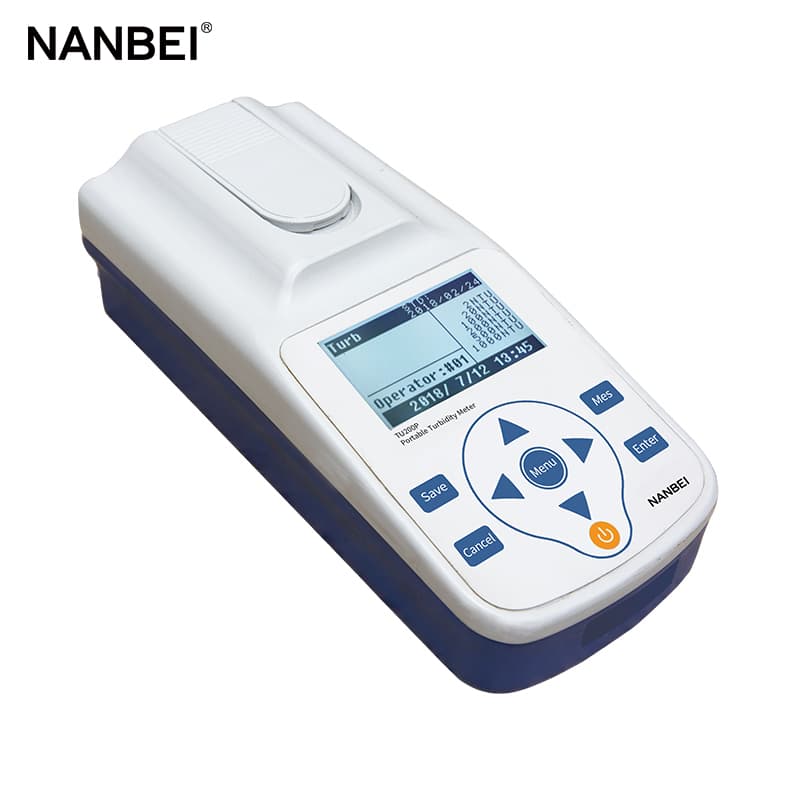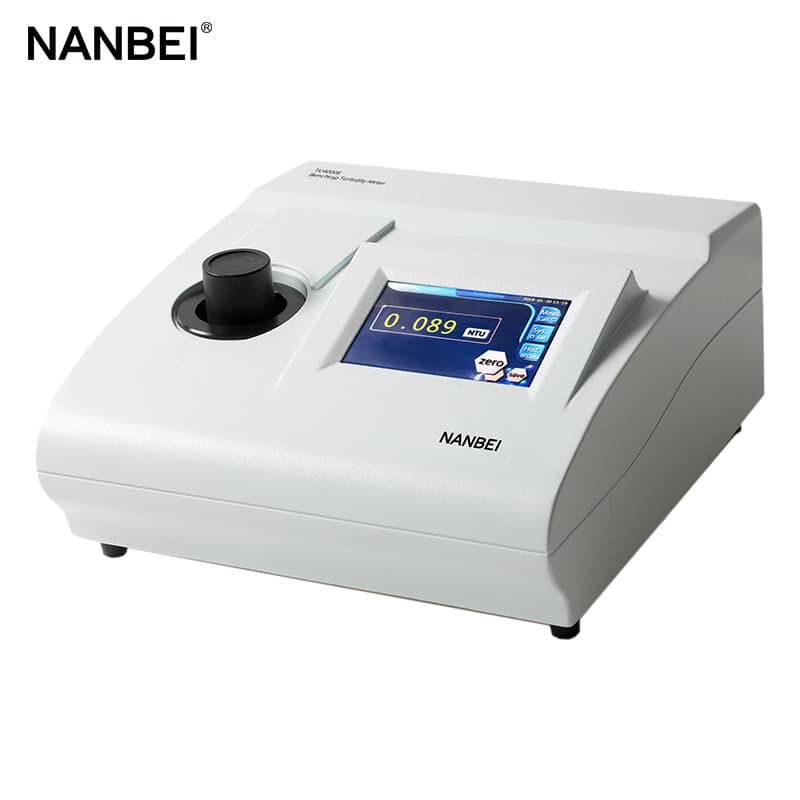- Email: nanbei2@nanbei-china.com
In life and industrial production, we often need to know the transparency of water or other liquids, that is, turbidity. Turbidity, in simple terms, is the amount of suspended particles in the liquid. Then, why do we usually use a turbidity meter to measure turbidity?

First of all, the turbidimeter mainly uses the principle of light scattering to accurately calculate the turbidity by measuring the scattering intensity of light of suspended particles in the liquid. Compared with naked eye observation, the accuracy of the turbidity meter is much higher. The sensitivity of the human eye to tiny particles is limited and is easily affected by factors such as fatigue and ambient light. The turbidity meter is not affected by these factors and can give more accurate and objective data. Secondly, the turbidity meter is efficient. In scenarios such as industrial production and environmental monitoring, we often need to quickly obtain turbidity data. The turbidity meter can complete the measurement in a short time, greatly improving work efficiency.

Furthermore, digital turbidity meters have a wide range of applications. Either in laboratory research, environmental monitoring, water quality management, food processing or other fields, the turbidity of liquids needs to be measured. Turbidity meters have become an ideal choice for these fields with their precise measurement capabilities and wide applicability.